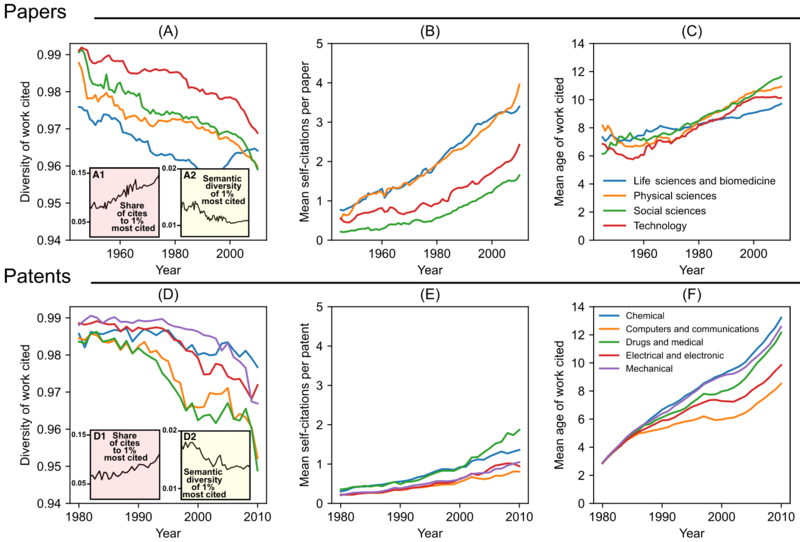Fáìlì:Papers and patents are using narrower portions of existing knowledge.png

Ìtóbi ìkọ́yẹ̀wò yìí: 800 × 542 pixels. Àwọn ìgbéhàn míràn: 320 × 217 pixels | 640 × 433 pixels | 1,024 × 693 pixels | 1,280 × 867 pixels | 1,632 × 1,105 pixels.
Fáìlì àtìbẹ̀rẹ̀ (1,632 × 1,105 pixel, ìtóbi faili: 306 KB, irú MIME: image/png)
Ìtàn fáìlì
Ẹ kan kliki lórí ọjọ́ọdún/àkókò kan láti wo fáìlì ọ̀ún bó ṣe hàn ní àkókò na.
| Ọjọ́ọdún/Àkókò | Àwòrán kékeré | Àwọn ìwọ̀n | Oníṣe | Àríwí | |
|---|---|---|---|---|---|
| lọ́wọ́ | 22:45, 22 Oṣù Èrèlé 2023 |  | 1,632 × 1,105 (306 KB) | Prototyperspective | rotated (previous file can get deleted) |
| 22:39, 22 Oṣù Èrèlé 2023 |  | 1,105 × 1,632 (347 KB) | Prototyperspective | Uploaded a work by Authors of the study: Michael Park, Erin Leahey, Russell Funk from https://arxiv.org/abs/2106.11184 with UploadWizard |
Ìlò fáìlì
Kò sí ojúewé tó únlo fáìlì yìí.
